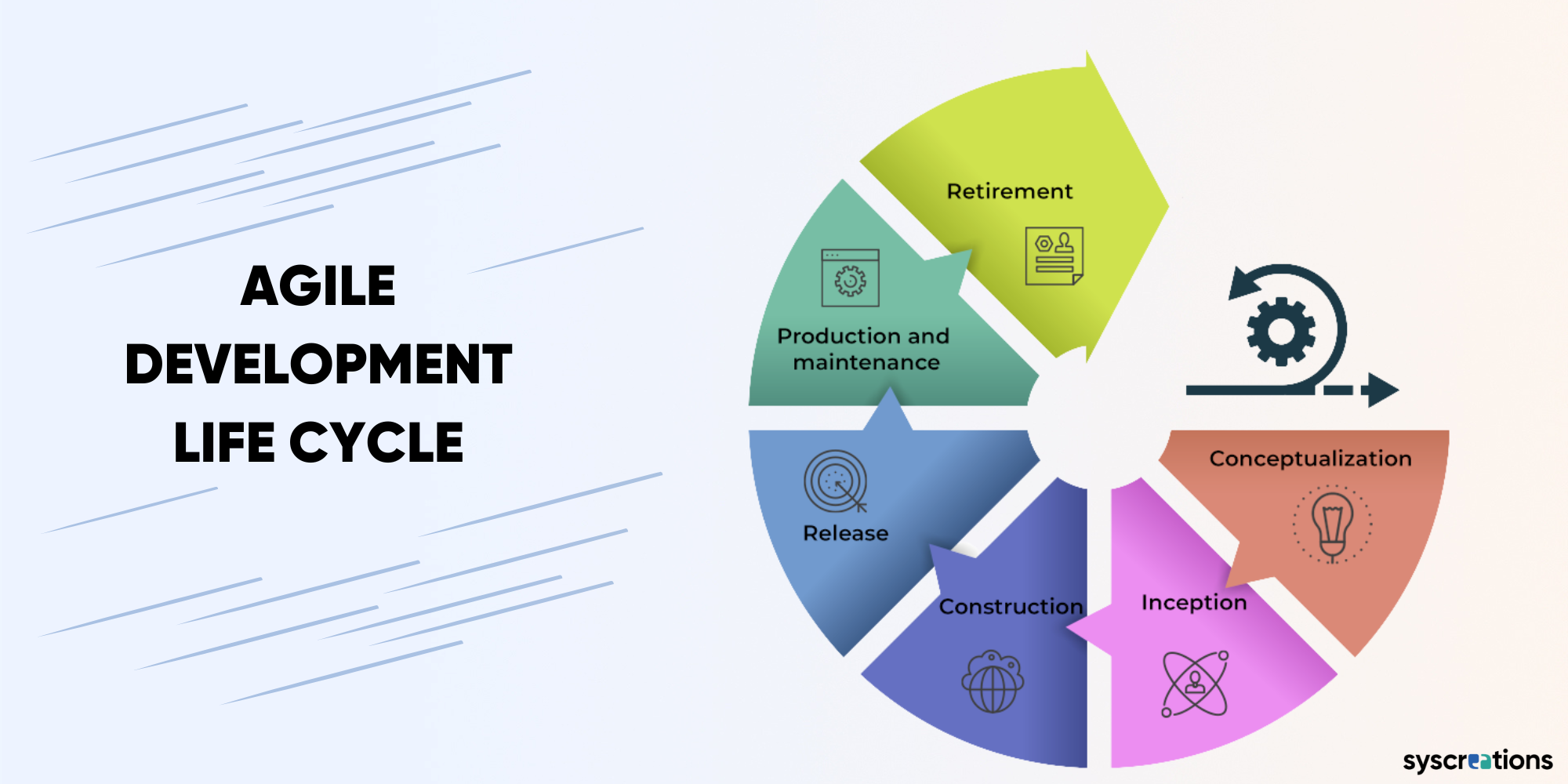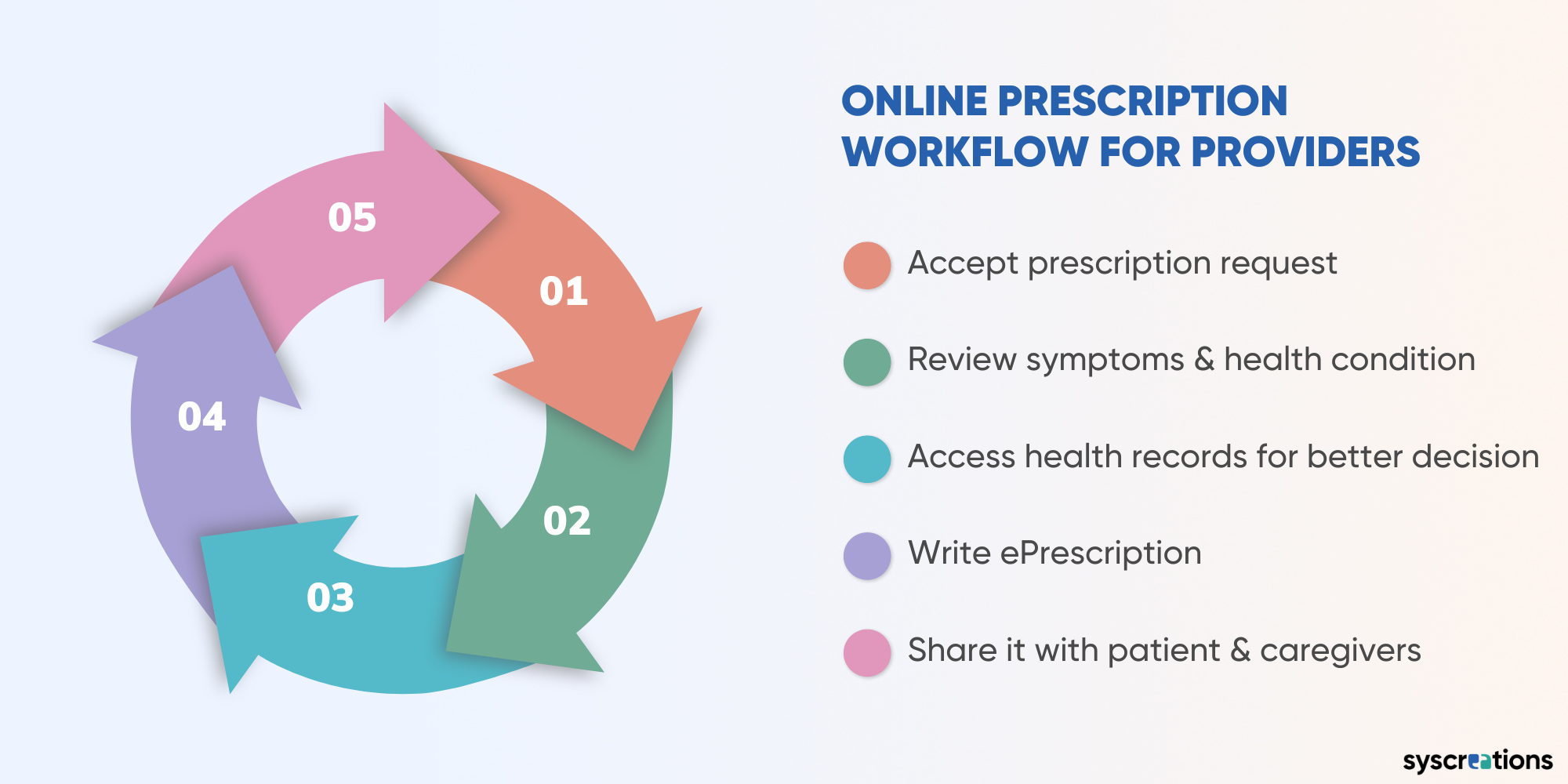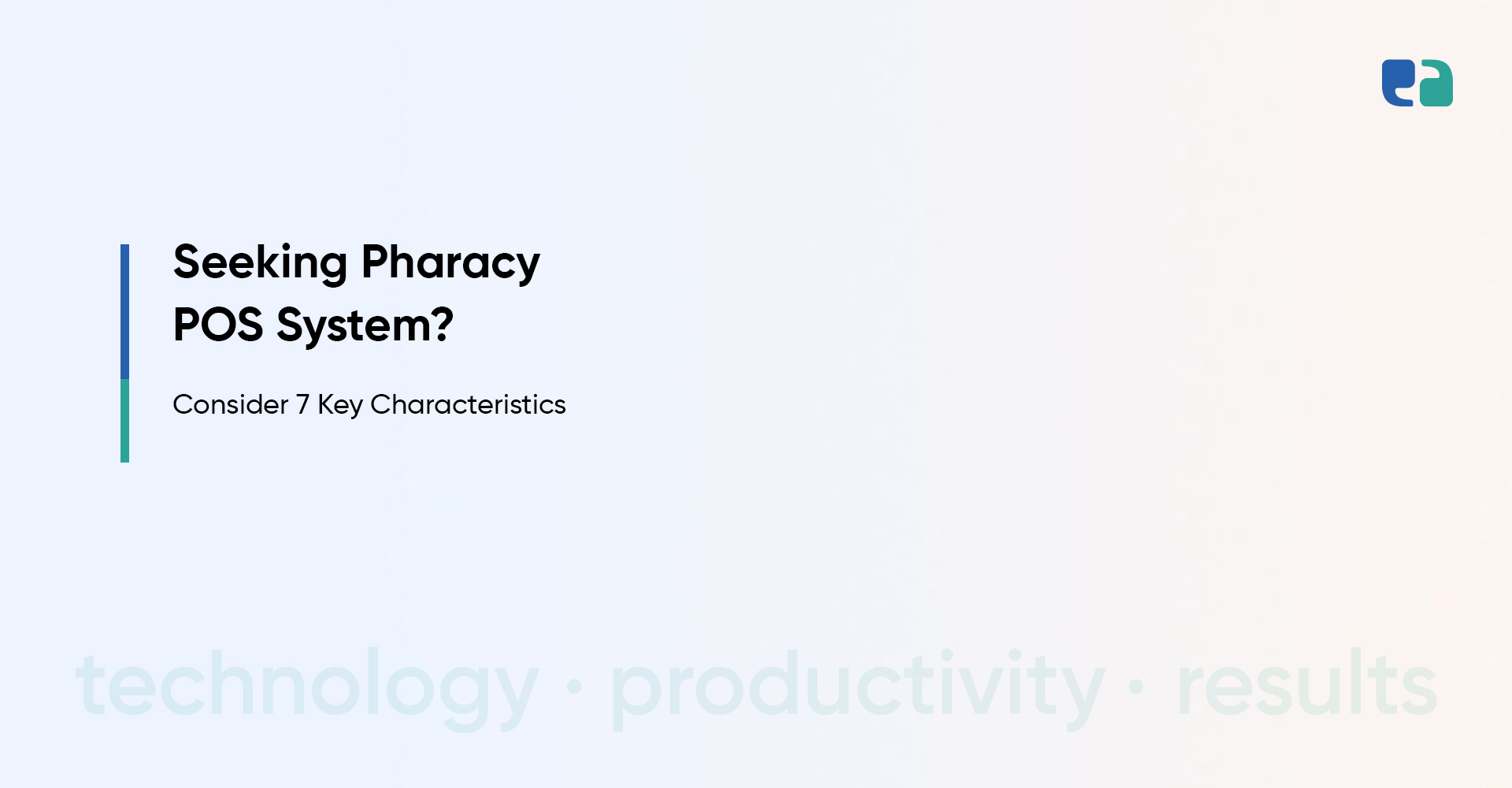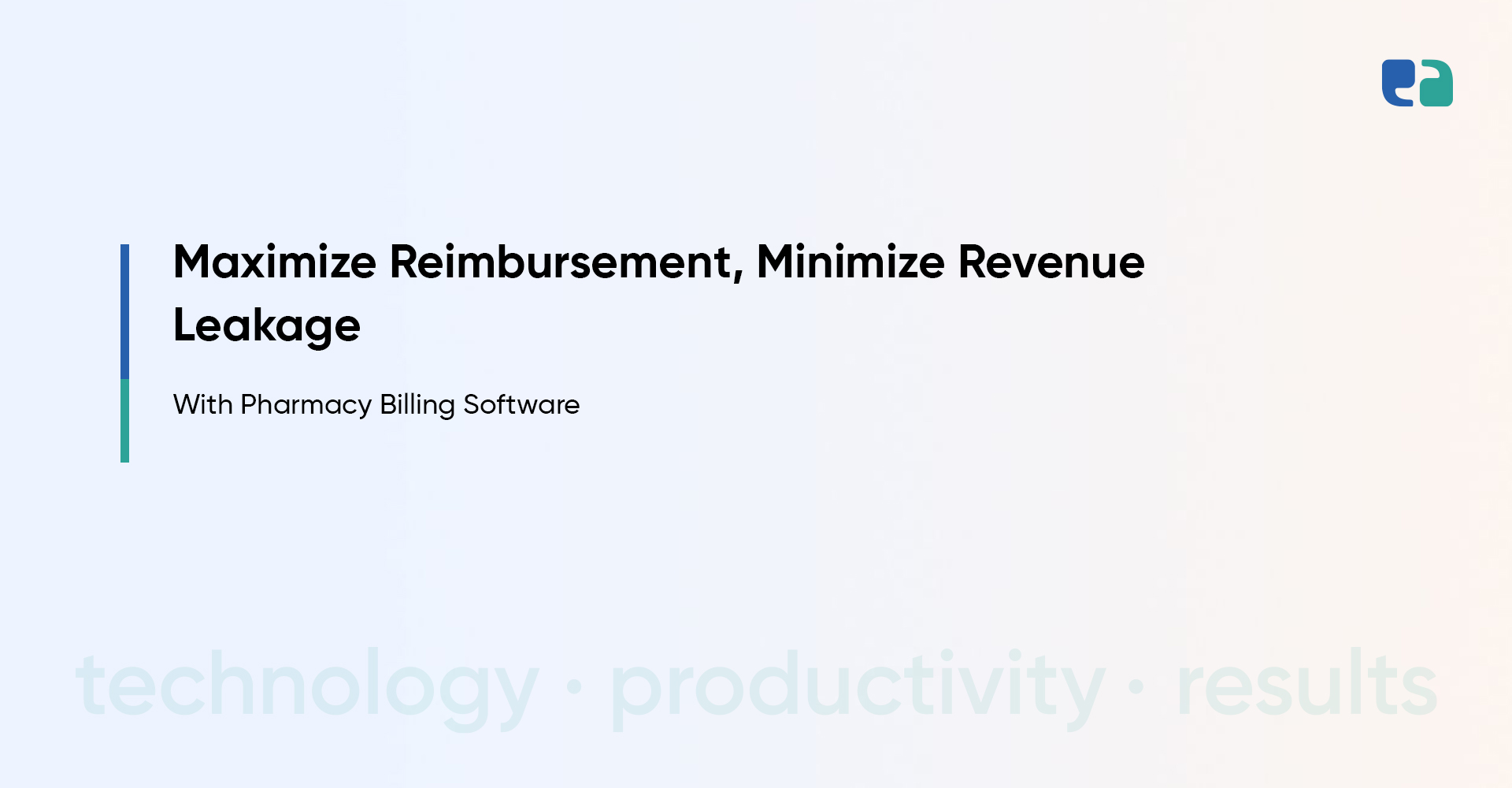Quick summary: A bitter truth behind software development life cycle.
According to PMI annual report,
- 48% of projects are not finished within the scheduled time
- 43% go over their original cost
- 31% of projects don’t meet the initial goals and requirements of business
And we don’t want to let you get stuck in such a miserable condition.
But we want you to enjoy the process – without worrying about the cost and time.
And that’s possible with Agile methodology!
Because it allows you to get high-quality and user-focused software – on time.
And in this blog, we have shared the entire life cycle of Agile along with its 3 major principles for productive and progressive ePrescription software development.
A Guide to ePrescription Software Development with Agile Life Cycle
The Agile SDLC (Software Development Life Cycle) focuses on product adaptability and high customer satisfaction through the rapid delivery of products.
It breaks down the product into small models in order to work on it separately.
The best thing about the Agile SDLC is:
It enables you to see and understand whether you are satisfied with the process outcomes or not.
And as per your feedback, we’ll change or improve the functionality of the software.
There are 6 phases of the process.

Three Best Agile Principles that We Execute for Productive and Progressive ePrescribing Software Development
Agile principles play the most significant role in the entire SDLC.
Because it supports in
- Observing the shifting markets
- Identifying exact customer needs
- Determining the competitive threats
- Seamless change in approach if necessary
There are mainly 12 Agile principles for SDLC.
But some principles have supported the world’s best products to be built.
And as a healthcare IT company, we pay more attention to those principles.
Because it enables us to be productive and progressive during the entire software development life cycle so that you get the best product – on time.
The following are the 3 result-oriented Agile principles.
Top Benefits of Agile SDLC for Your Idea to Develop ePrescription Software
Agile lets you get the best product that completely fits your target market – in a timely manner.
Apart from that, the other benefits of it are as follows:
- Superior quality product
- Better control over your ePrescription software
- Reduce potential risks
- Fully flexible
- User-focused development approach
- Time-to-market
Seven Biggest Challenges You Can Solve with ePrescription Software
If we see, the legacy prescription process is all about manual workflows, rather say – only paperwork.
And its outcome impacts the entire healthcare ecosystem – in a form of poor care experience and high operating time and costs.
This is when ePrescribing software comes to the rescue.
It lets you eliminate manual processes and brings peace of mind to the lives of patients and healthcare providers.
Following are the major challenges you can easily address with ePrescription software:
- It eliminates handwritten and error-prone prescriptions.
- It improves patient security.
- It enhances the patient care experience.
- It enables you to execute a patient-centric approach.
- It reduces time and costs.
- It helps providers to make better care decisions.
- It speeds up the prescription process.
A User-Centric Workflow for the ePrescribing Software
Workflow matters the most in any healthcare software.
The simple workflow you have, the more you’ll be able to deliver an ideal patient care experience.
Thus, we have identified almost 20+ ePrescription software in order to help you get the user-focused workflow.
For Patients:

For Providers:

Top Features to Bring the Best Out of ePrescription Software
The more reliable features you have, the more it will help the user to use your software.
For better understanding, we have divided them into two segments.
Want to Build your ePrescription Software Professionally? We have been Performing it for 8+ Years
We are an Ontario-based healthcare-specific IT company.
In our 8+ years of journey, we have successfully delivered 250+ health tech projects for – startups, enterprises, organizations, and individuals.
Being healthcare-specific IT experts – we talk, perform, deliver, and brainstorm only healthcare IT.
What helps us to add clinical value and peace of mind in every health tech project is – our 50+ healthcare-focused IT team.
They have been performing only healthcare IT projects since the first day of their professional careers.
It includes – web and app developers, UI/UX designers, business analysts, compliance specialists, integration experts, RPA engineers, and AI and ML specialists.
Talking about ePrescription software development, well, we have performed it several times.
So, if you want to build custom ePrescription software, we’ll help you with any – business, technical, and compliance needs.
However, if you don’t want to go for a custom solution due to low capital to invest or less time-to-market, we also have a perfect solution for it.
Our white-label telehealth + prescription app!
It’s a ready-to-use app that has an in-built ePrescription feature.
Meaning, you don’t need to develop the entire product from scratch.
Just tell us your requirements and we’ll customize our telehealth product according to your prescription needs.
With this appraoch, you can skip 80% of the ePrescription software development process!
Take a sneak peek at its real-screen images for better understanding.




